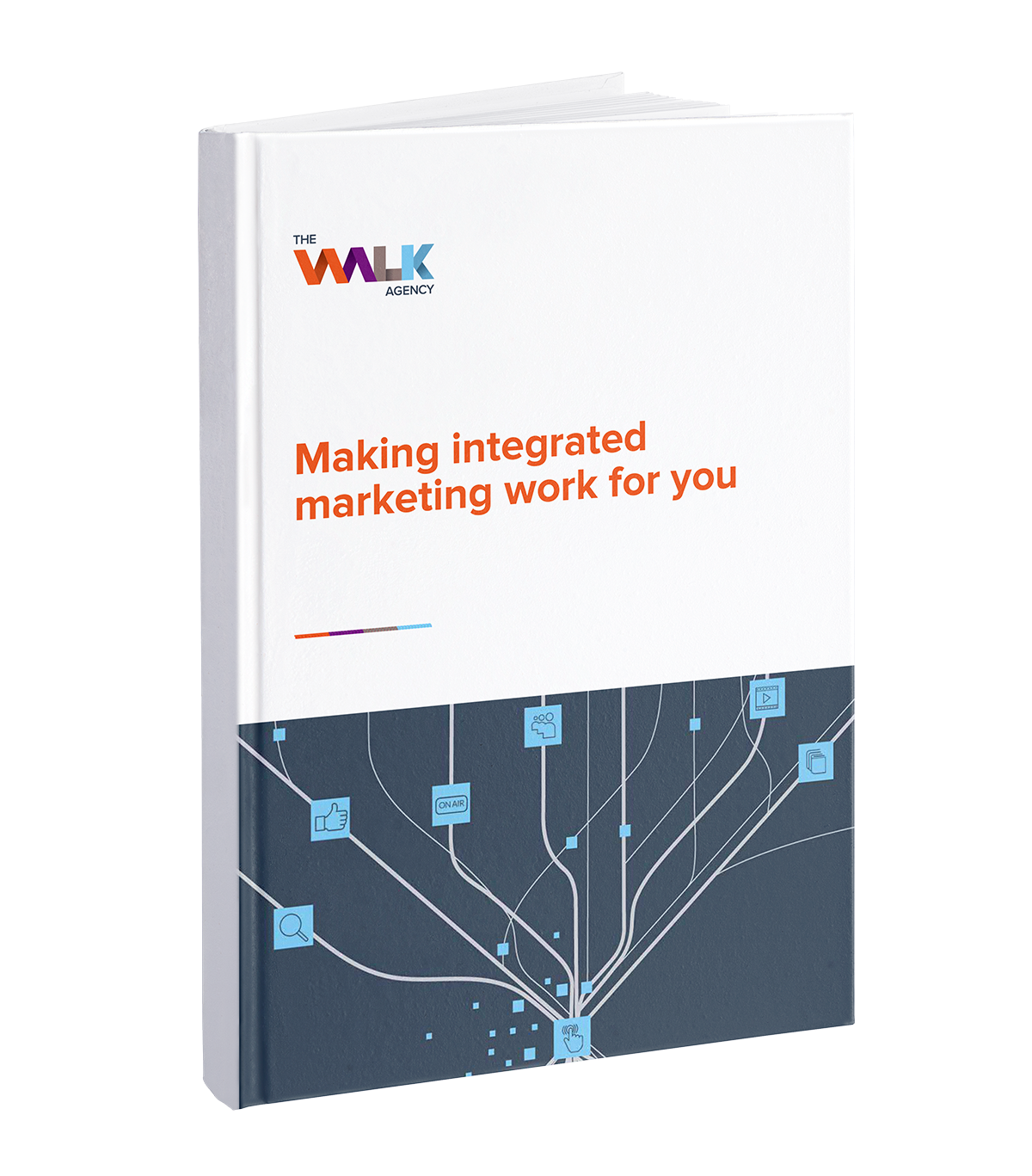Gone are the days when a single marketing message and a global strategy could propel your brand on all markets. Customers now respond better to local area marketing. Should your company invest in it? In this article, we’ll explore why local area marketing is powerful and 3 steps on how you can get started marketing locally.
A few years ago, small businesses were the only ones doing local area marketing. Hearing the term, you’d probably imagine a dentist or a plumber running a campaign targeting the city they operate in.
Well, things have changed. Customers now want personalised advertising. They want products and services tailored not just to their specific needs, but also to their location. In fact, they prefer to buy products and services from local businesses.
This is not a trend. It’s a shift in the way people buy and it affects every business. That’s why local area marketing should be an essential part of any company’s brand strategy.
Think globally. Act locally.
The age of global marketing is over. Welcome to the age of multi-localism marketing!
Multi-localism is the tendency to prefer local communities, products, services, culture and customs.
The signs that customers choose local over global are everywhere. Recent research by marketing platform Yodle, 96% of customers said they believed local businesses provide a more personalised service compared to national chains. 91% said they perceived local businesses as more trustworthy.
The demand for local products and services shows up in the way customers use web search, too: Nearly half of all Google searches are local. To respond to this challenge, many companies are prioritising local marketing. According to ATKearney, 90% of investors are pursuing localisation or considering doing so.
The ROI for companies that choose to go local is likely to be high, considering that 78% of local searches on Google result in a purchase and 87% of consumers have purchased the company’s product or service after attending a branded event.
Why is local marketing so powerful?
Customers don’t want to be “just another number” in the books. They want meaningful experiences with brands that understand their needs and share their values.
There are numerous benefits of local area marketing but, perhaps, the most prominent is personalisation. Through Local area marketing (LAM), a company of any size can develop the type of one-to-one relationship that customers seek, increase the perceived value of its products and services and position itself as a trusted industry specialist. More than that, the customer feels reassured that this company knows the geographic area and understands the intrinsic challenges that come with it.
Local area marketing examples
Local area marketing is just as effective in small business marketing as it is in enterprise marketing. It can work for any product or service—from online services companies to brick-and-mortar retailers. The tactics may be different but the principle behind it is always the same:
“
Be relevant to the customer and the area they live in.
”
Let’s examine the mechanics of several LAM campaigns.
Heineken + Coachella
As one of the most popular beer brands, Heineken certainly knows that summer festivals and cold beer go together like milk and cookies. That’s why Coachella, with its more than 250,000 visitors, is a perfect opportunity for Heineken to reach its target audience—Millennials.
Here’s how the company approached this social group at the 2018 Coachella music festival:
- Event participation. Heineken had their own stage at Coachella called “Heineken House”. Just posting the lineup for this stage through Coachella’s Instagram profile brought in more than 22,000 engagements for Heineken. Well done!
- Branded gifts. At the festival, Heineken gave away glasses, headphones and even vintage beer barrels in exchange for a post on social media.
- Social media. Speaking of social media, the company used various social channels to engage its customers long before and after the event. A notable example is their Snap Chat campaign where they posted hints about the performers. When their followers guessed correctly they got more information about this artist’s agenda for the festival.
KFC + China
The American fast food brand certainly did a lot of due diligence before launching its latest integrated marketing campaign in mainland China. Knowing that the country celebrates 40 years of “reform and opening up”, KFC launched a patriotic campaign using this very catchphrase.

Here’s what makes this campaign successful:
- TV commercial. A two-minute clip that emphasises the difference between now and then. The actors travel back in time seeing streets filled with bicycles and bamboo sheds. As they return to the present, they begin to see China’s successes such as the 2008 Summer Olympics in Beijing.
- Social media. WeChat is the most popular instant messaging app in China which is why it became the main social media outlet for this campaign. KFC used banners tailored for WeChat.
- Branding. To support the patriotic spirit of their campaign, the company used a color scheme in China red and gold for all marketing materials.
Want to dip your feet in local area marketing?
The first and most important thing to remember is that LAM is not just about location. You can’t simply tack the customer’s location on a generic ad and expect sales to flow in.
Local marketing is something that happens in the real world. Whether you’re using events or face-to-face interactions, LAM about being physically present and being seen in the local community. It’s about becoming a local authority in your industry and creating a hyper-personalised customer experience featuring everything that is specific to the customer’s location, e.g. jargon, local jokes, references to the town’s sports team, latest news, and so on, and so forth.
Local area marketing is about your business being present, personal and proactive. With this being said, here is the skeleton of a local area marketing strategy:
Step 1: Find local partners
If there’s anything we can learn from the Heineken example above, it’s that finding the right local partners is critical to the success of your LAM campaign. You can sponsor local events, arrange cross-promotion with local businesses in a related niche, offer scholarships, organise industry workshops, participate in trade shows, and so on, and so forth. You can find more local area marketing ideas here.
Step 2: Localise your marketing collateral
The average customer is exposed to somewhere between 5,000 and 10,000 advertising messages per day. The only way to stand out in this cacophony is to personalise your marketing materials.
When it comes to LAM, personalisation translates to “learn the local language”. Seriously, study the jargon and sprinkle cultural flair over every piece of marketing content—search ads, display ads, blog articles, flyers, etc. You can also use local keywords for your local SEO marketing efforts. Just don’t overdo it because you risk annoying your audience and being penalised by Google.
Pro tip: Try acquiring some local reviews and list your business location on Google My Business (if applicable). Studies have shown that 86% of consumers read reviews for local businesses (including 95% of people aged 18-34).
Step 3: Engage local media
In this day and age, when the average consumer is inundated with marketing messages, PR takes more than publishing a sponsored article in the local newspaper. So, before even starting your outreach campaign, we’d recommend creating a region-specific brand story. Why does your brand want to attract the attention of the local customer? How does it fit with the community’s values and needs?
Once you have your story, you can start looking for local publications that target your ideal customers. You can partner with local websites, newspapers, TV channels and radio programs. Also, don’t forget to engage with local bloggers and influencers by offering them mutually beneficial marketing opportunities, e.g. guest posting on their website in exchange for a product or service.
Conclusion
We’re on the verge of a shift in the global economy. Customers tend to trust and prefer local brands instead of national and international companies. To reverse this trend, mid-size businesses and enterprises have to localise their marketing campaigns.
Given that the customer journey is extremely fragmented nowadays, it would be wise to launch integrated marketing campaigns that cover all of the potential channels you can reach your potential customer in a specific area. If you need help creating an integrated marketing campaign for your LAM efforts, the Walk can help.




